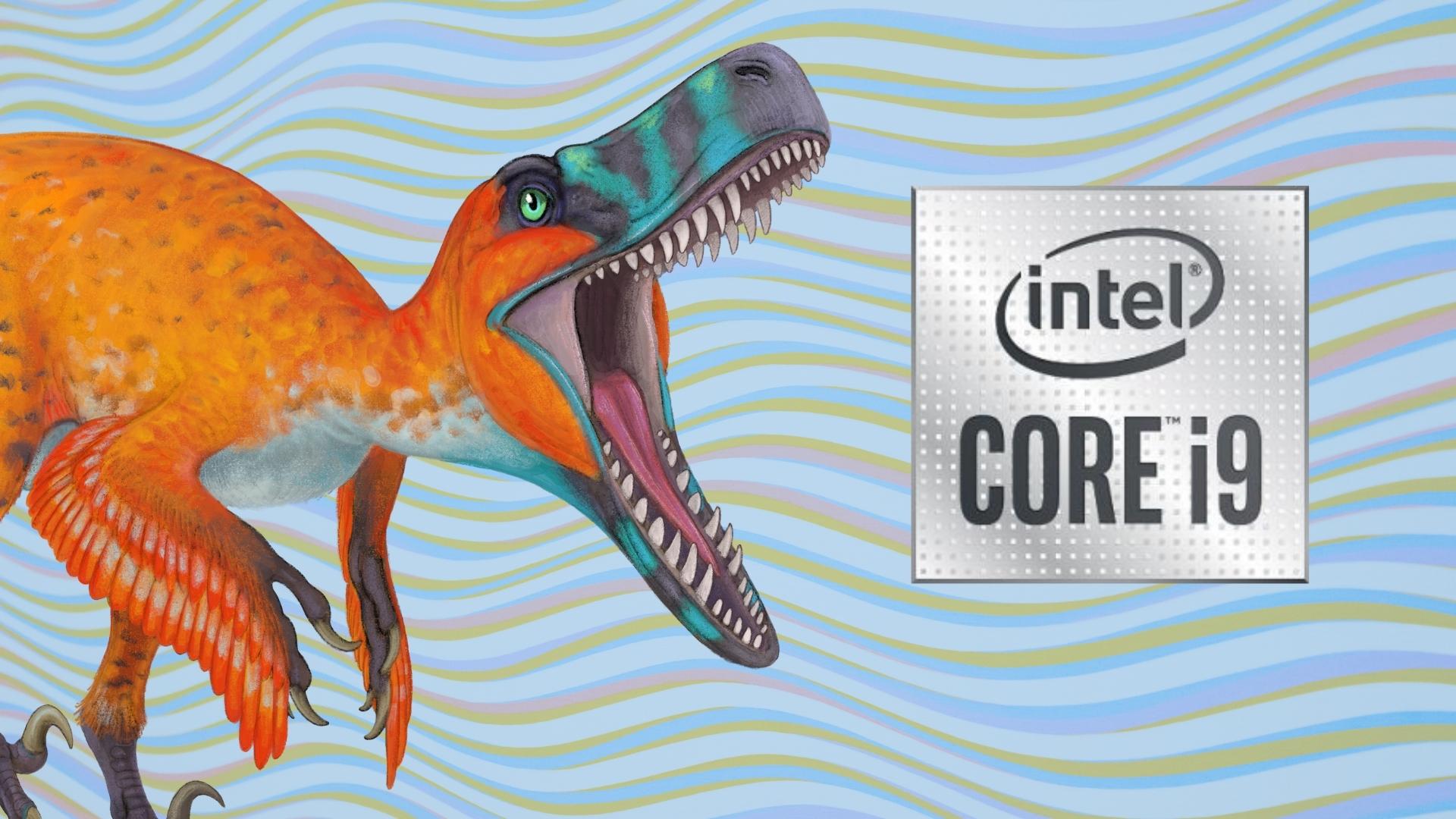A newly leaked benchmark may have revealed that the Intel Raptor Lake Core i9-13900K could be 20% percent faster than the Alder Lake Core i9-12900K in multi-threading.
This benchmark leak, which comes from Expressview and reported on by Wccftech, was revealed just after the i9-13900K was allegedly spotted in the wild with 24 cores (8+16) and 32 threads. The clock speeds are stated to be at 3.8 GHz (P-cores) max boost while the E-Cores were split with two clusters running at 2.8 GHz and the other two clusters running at 1.0 GHz.
This means that the reported speeds are inconsistent, since this is supposed to be an engineering sample (ES), and it’s estimated that the final speed might be as high as 6 GHz. It’s also stated to possess 32 MB of L2 cache, which combined with L3 cache gives us 68 MB total, rumored to be labeled “Game Cache.” With these combined increases in cache and clock speed, the Raptor Lake should perform well in gaming.
The i9-13900K and i9-12900K were both tested using a Z690 platform with a pair of G.Skill DDR5-5200 memory and an NVIDIA GeForce RTX 3090 graphics card. And in the clock speed tests, the Raptor Lake seems to handily beat out the Alder Lake by that reported 20% margin.
According to that same leak, the Raptor Lake performs worse than the Alder Lake in single-core testing since the latter has an optimized BIOS and a higher TDP limit. And as stated before, the former is an ES so its current clock speeds are unstable. In the gaming benchmarks, the Raptor Lake seems to be on par with the Alder Lake but as noted before, if these leaked specs are true then at launch the Raptor Lake should be running even better.
Analysis: Can AMD hope to compete?
Despite the limited information we have from Team Green’s upcoming Intel Raptor Lake Core i9-13900K CPU, it seems that Team Red has been preparing for it with its own rumored September launch of the AMD Ryzen 7000 CPU, a month ahead of the possible October launch for the Raptor Lake.
And while AMD still has an advantage due to its more efficient CPUs, versus the much more power-hungry Intel ones, the latter seems to be raring for a huge clock speed boost if the rumors of up to 6 GHz are true.
The new Raptor Lake architecture is rumored to decrease the power consumption of the CPU by 20% to 25% by using a DLVR (digital linear voltage regulator), which would take the wind out of AMD’s sails. We’ll just have to wait and see how much the Ryzen 7000 can compete with its new architecture (Zen 4, built on TSMC 5nm) and with DDR5 and PCIe 5.0 support come launch time.





